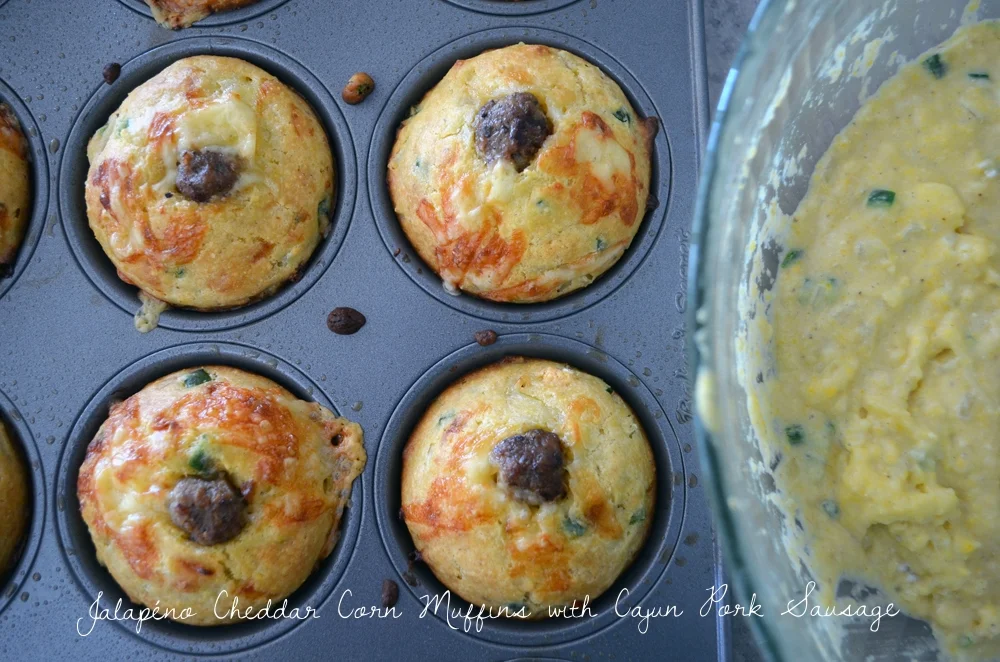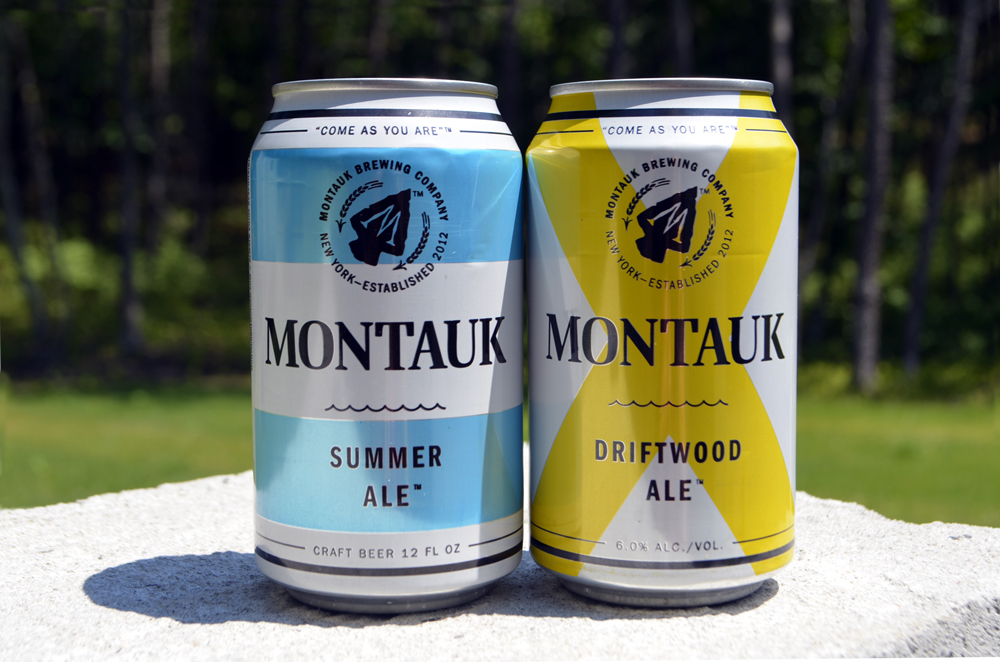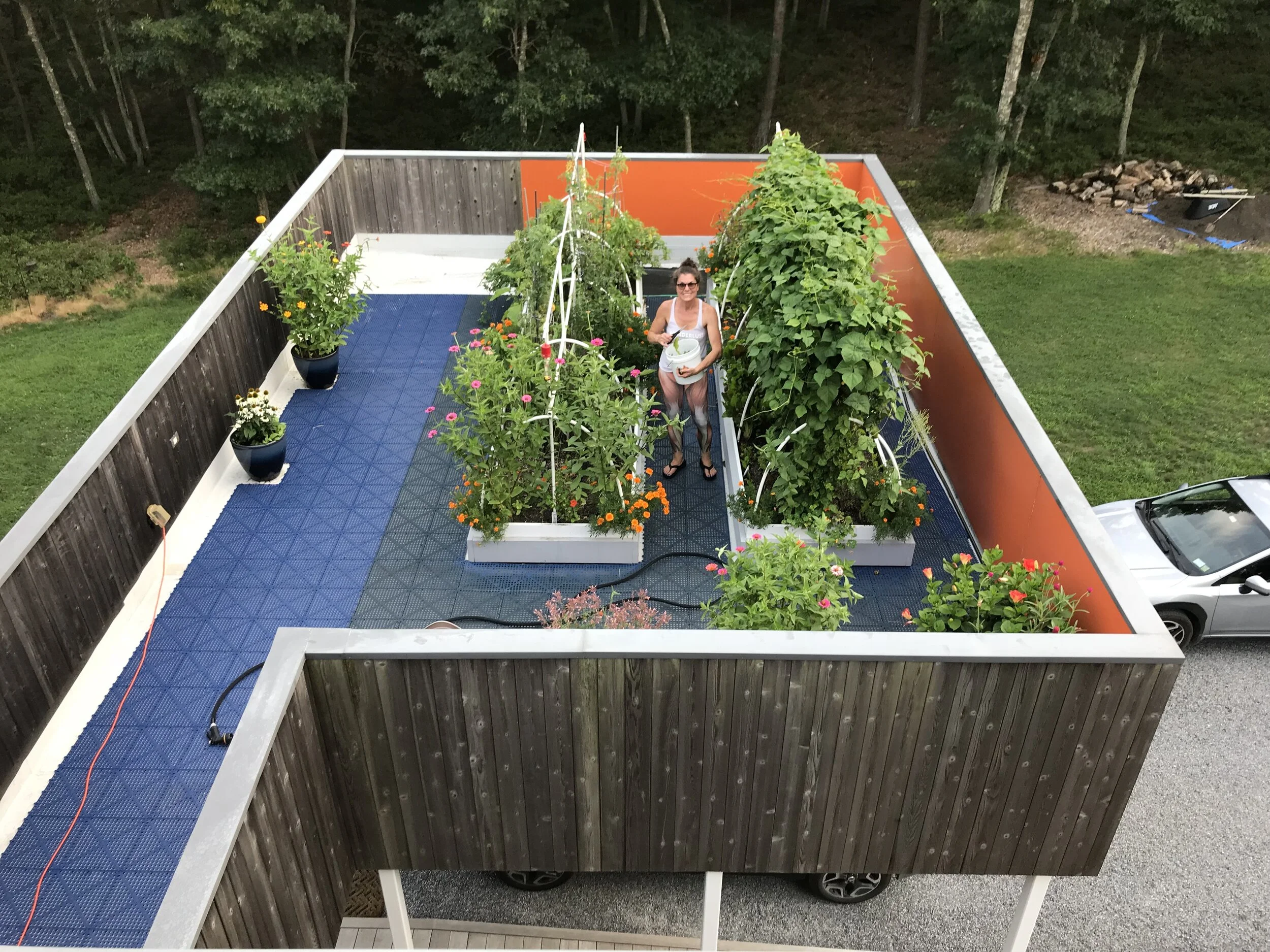Grilled Pizza: Thinking Outside The Bun
/Summertime is all about grilling. And on the East End of Long Island, backyard grills are in full-flame. Farm-to-grill is my thing this time of year. Farmers markets are bustling with just picked heirloom vegetables and juicy fruits. The finest selections of artisanal award-winning cheeses from goats and cows are being sampled by the summering masses and same day organic eggs are being gobbled up by the dozen. Long Island variety mushrooms are showing off their spores and craft beer is being poured into growlers. I get giddy. So much so, that I have been thinking outside the bun.
I am addicted to grilled pizza. It sounds novel but it is truly elementary. Imagine a Neapolitan thin crust style pizza that is perfectly soft and crisp, lightly-charred, with a nice smoky flavor that cooks in a flash right on your grill. The hardest part to making grilled pizza is figuring out what to put on top. Meander through the Hayground, Westhampton, Montauk and the up-and-coming Hampton Bays farmers markets and I am sure you will be inspired too.
I made my own pizza dough with Montauk Brewing Company’s Driftwood Ale, however, store bought pizza is easy enough, right? When the ingredients are as fresh as they are on the East End anything goes. This is about thinking outside the bun, so give homemade pizza beer dough a chance and get grilling.
This past week, I experimented with different types of toppings:
Catapano Goat Cheese with Long Island potatoes, leeks and caramelized onions
Browder’ Birds eggs, Long Island asparagus with ricotta, prosciutto, Amagansett Sea Salt East Hampton Blend
Shinnecock clams with Sang Lee Farms garlic scapes that I made into pesto
Shiitake Mushrooms from Long Island Mushroom Company with homemade sausage, caramelized red onions, ricotta, farm eggs and homegrown oregano.
Grilled Pizza with Browder’s Birds Eggs, Sang Lee Farms Asparagus with Ricotta, Prosciutto and Amagansett Sea Salt East Hampton Blend.
Beer Pizza Dough
Ingredients
- 1 can of room temperature Montauk Brewing Company Driftwood Ale Beer (or any favorite brew)
- 4 cups of King Arthur flour
- ¼ cup of olive oil
- 2 teaspoons of sea salt
- 2 teaspoons of honey
- 1 packet of active dry yeast (or 3 tablespoons of your own sourdough starter)
Directions
1. Combine the flour, yeast, (or starter) and salt in a stand mixer with the dough hook. Turn the machine on and add the oil.
2. Turn the stand mixer on low to medium and add the beer a little at a time. Mix until the mixture forms a ball and is slightly sticky to the touch. If it is still dry, add another tablespoon or two of the beer and process for a few seconds.
note: if the mixture is too sticky, add flour a tablespoon at a time.
3. Turn the dough onto a floured work surface and knead by hand for a few seconds to form a smooth, round dough ball. Put the dough in a bowl and cover with plastic wrap; let rise until the dough doubles in size, 1 to 4 hours.
4. When the dough is ready, divide into 3 pieces. Roll each piece into a ¼-inch pizza shape of your choice.
Note: you can freeze the pizza dough for later use.
Grilling the Pizza
Ingredients
- 3 eggs
- ½ pound of asparagus
- 5 pieces of prosciutto (more or less as you like)
- 1 cup of ricotta cheese, whipped
- 1/2 cup of grated piave or grana padano cheese.
- Amagansett Sea Salt, East Hampton Blend
- Olive Oil
- Cracked Black Pepper
Equipment
- Grill
- Brush for oil
- Metal spatula
- Metal tongs
Directions
Note: Make sure you prep all your ingredients before you start grilling as the pizza cooks fast and you want to make sure you have everything on hand and ready to go. The grill should be set to high.
- Pre-grill the asparagus in tinfoil with a little bit of olive oil; cook until just tender. Whip the ricotta until smooth in a mini food processor.
- Roll out the dough to a ¼ inch thick; an oblong shape.
note: do not worry if the shape is not perfect, it does not matter, have fun.
- Take the stretched piece of dough and place directly on the grill. Cook the first side with the lid shut for one minute. Then open lid and when dough puffs it is time to flip. Lower the temperature on the grill to low.
- Flip the dough, and quickly brush the olive oil and then spread the ricotta cheese. Crack the 3 eggs evenly over the pizza.
- Then place the asparagus and prosciutto.
- As the second side grills, the cheese melts, and the eggs begin to cook. When the egg whites are set the pizza is done. Sprinkle with Amagansett Sea Salt, East Hampton Blend, cracked black pepper and a drizzle of olive oil.










































